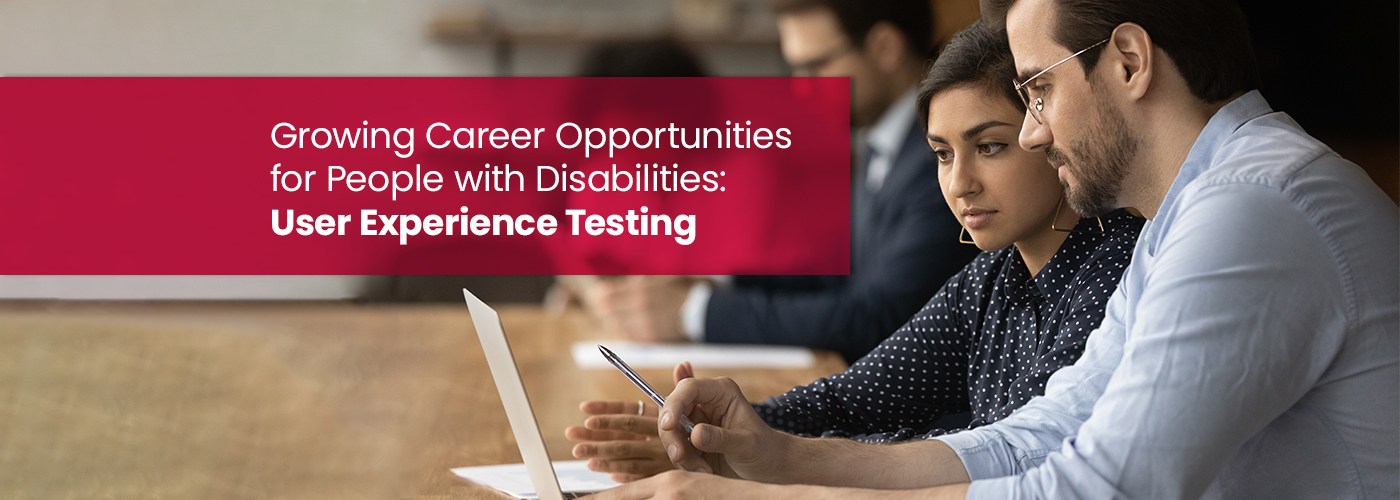Growing Career Opportunities for People with Disabilities: User Experience Testing

The field of user experience testing – often referred to as "UX testing" – offers a new, exciting career path in the Information and Technology field for people with disabilities.
UX Testing is the process of examining all aspects of an end user’s interactions with a product or service with the intention to improve the entire experience. A group of users goes beyond the limited scope of usability and accessibility testing, examining whether a product meets and exceeds needs and expectations. Until recently, typical UX testing environments were not designed with people with disabilities in mind.
"If you think about it, products or services that are accessible and usable for those who truly experience the most significant barriers will also improve usability for everyone," said Nathaniel Muncie, senior specialist with SourceAmerica's Workforce Development team. "UX testing has often excluded people with disabilities, overlooking the value of their lived experiences and perspectives."
People with disabilities can provide valuable UX testing feedback to developers that might be missed by other end users. People who are blind or have low-vision, are deaf or hard-of-hearing, have mobility impairments, or cognitive disabilities have unique perspectives that often intersect with developers’ needs. For instance, extensive use of assistive technology gives testers with disabilities first-hand knowledge base of what works and what doesn’t on company or government websites, e-reader apps, social media sites, and more.
The federal government recognizes the value people with disabilities can bring to UX testing. A recent Executive Order by President Joe Biden, "Transforming Federal Customer Experience and Service Delivery To Rebuild Trust in Government," directs federal agencies to prioritize designing and delivering services focusing on the experience of the people it is meant to serve. This shift in priorities at the federal government level highlights the growing demand for UX testing services. It also demonstrates the increased awareness of the need to include people with disabilities in the process.
While including people with disabilities in UX testing benefits the user experience for everyone, it has economic benefits as well. Recent data indicate that nearly 70% of working-age people with disabilities do not have jobs, and UX testing is fast becoming a growing employment opportunity for this underemployed population.
"When people with disabilities work, the economy is more inclusive, productive, and transformative," said Muncie. "Everyone wins when everyone has the opportunity to work."
As one of the largest job creators for people with disabilities in the U.S., SourceAmerica now offers its nonprofit network support to implement UX testing as a line of business for both public and private customers.
To learn more about UX testing that includes people with disabilities, email CustomerService@SourceAmerica.org.
Enjoy this? You might like these stories, too: